Here are a few things to keep in mind to make sure you do have the most enjoyable (and safe) time you can when frozen lake skating!

Is it safe to skate on a frozen lake?
According to the Canadian Red Cross, ice should be at least 20 cm thick for group skating (that’s about 8 inches). Remember, the more people the more weight on the ice.
However, there are many other factors which play into the safety of frozen bodies of water… things like temperature, water composition, current, depth, and underwater geography.
Underground springs, currents, dams on large lakes, river inlets and outlets, even the type of ice can all be factors to how stable the frozen lake’s ice will be.
Can you ice skate on a frozen lake? How do you know when it’s safe?
A few other tips for assessing ice safety:
- Use a drill and tape measure to check the ice thickness
- Don’t go on ice that has open water patches
- Check the ice thickness in different places
- Dark blue ice is safer than opaque white or grey ice
- Consult with the local authority’s ice safety assessments
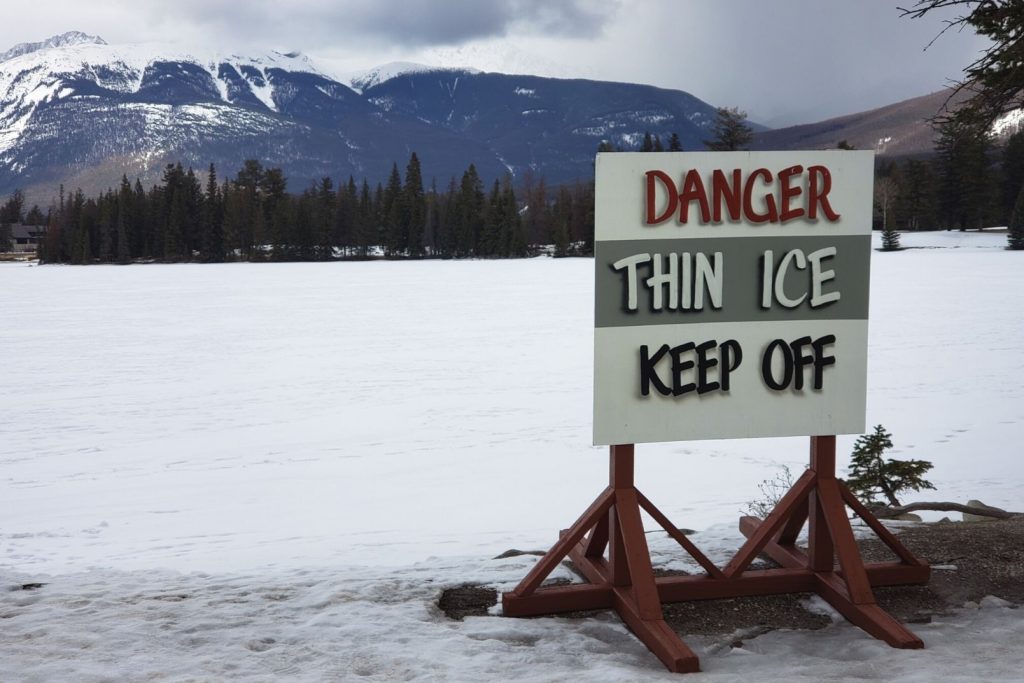
I’ll be honest, I get nervous on frozen lakes…. no matter how thick that ice is! I prefer to skate on ice that is being actively monitored and maintained by municipalities or responsible organizations. When the ice is being cleared and maintained with equipment you can be pretty certain that they’re keeping a close eye on the ice conditions and thickness.
And, it should go without saying that if at anytime there’s a “no skating – thin ice” sign posted, don’t go out there!
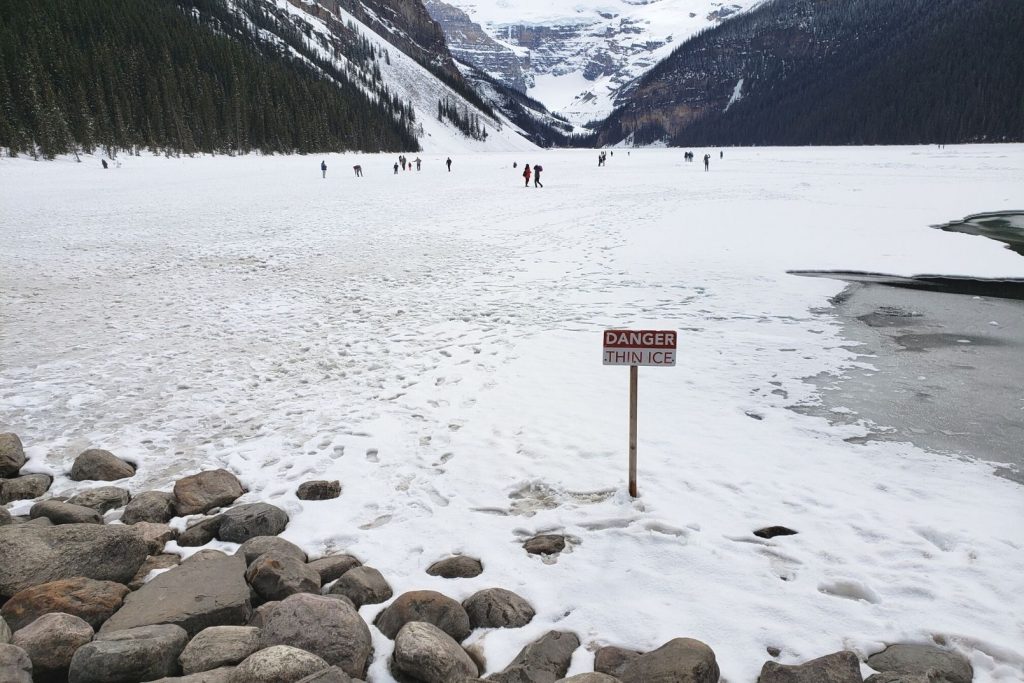
Tips for enjoyable family frozen lake ice skating
1. Kids should wear helmets
Have you ever seen a kid smash their head on the ice? Ouch! Kids who are little and new to ice skating are especially at risk to some bad falls. Even strong skaters can have spills and wearing a helmet is just a smart thing to do.
Frozen lakes and ponds may have cracks and uneven areas which can trip even the best skaters. In fact, skating with a hockey stick is a smart tip even if you’re not playing hockey because the stick will give you some stability on the uneven surfaces.
Our kids will wear their bike helmets or ski helmets when we go skating as we don’t have hockey helmets. But, if you plan to slap a few pucks around, the guard on the hockey helmets are a good idea because, believe me, a hockey puck in the face is no fun!
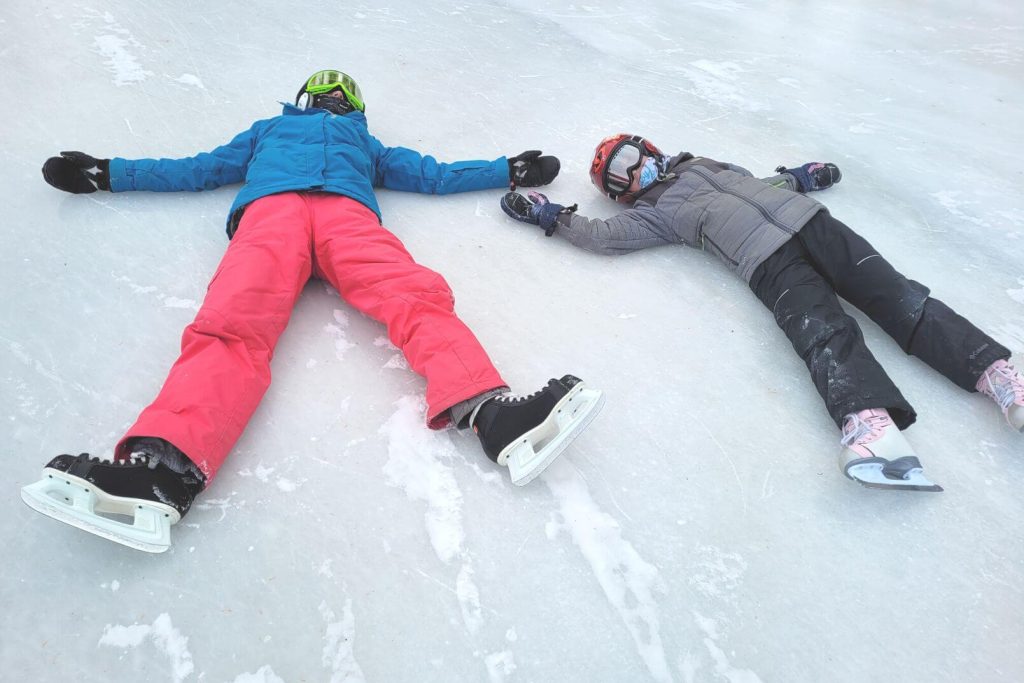
2. Warm your ice skates up
Don’t leave the skates in the garage or outdoors right before your skate. Bring them into the house so they warm up. Ice skates are easier to get onto those little feet if they’re not frozen!
If you are driving to your skating adventure, transport the skates in a part of the vehicle that will keep them warmer.
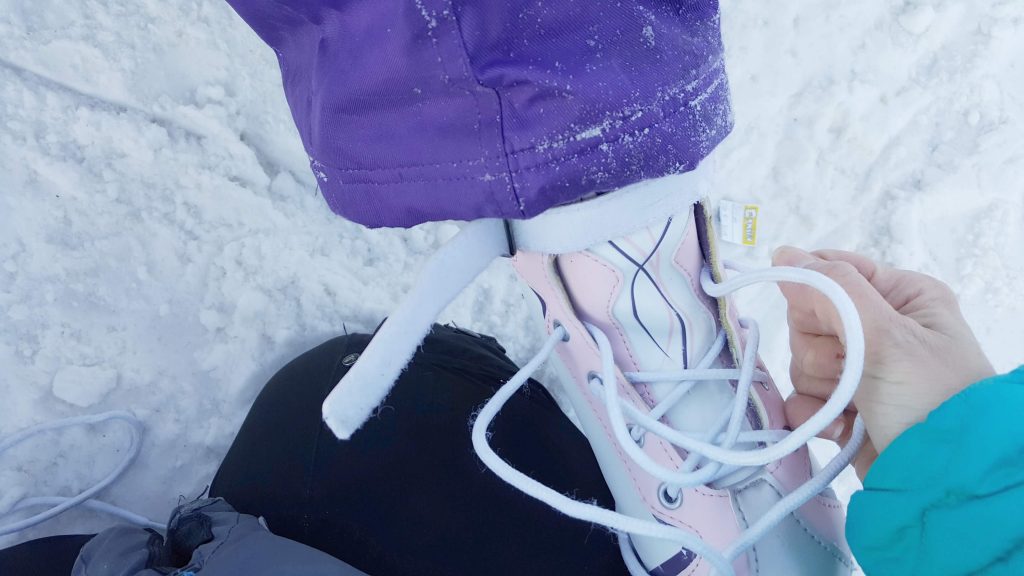
3. Bring Mini-Gloves
Tying and tightening ice skate laces and getting them tight is challenging enough… but to do this with frozen fingers is an added frustration. So, bring along some thin gloves to make this a bit easier.
4. What to wear when ice skating?
You’ll want to make sure you and your kids are dressed warmly and appropriately for an afternoon outdoors: warm socks, good quality waterproof mittens, neck warmers, toques, snow pants, and warm jackets.
However, if it is close to freezing (we call this mild winter weather) I find my older kids will complain of being too hot after they’ve been skating around for a while. Oftentimes, wearing layers that can be peeled off is a good idea.
If your kids are wearing helmets (like they should) they could wear a balaclava or a buff underneath. If it’s really cold or windy (or sunny), a pair of ski goggles will help keep the face warmer and help the kids see into the wind (or sun).
Another trick to keeping hands warm is to use some hot hands in mittens or kept in the jacket pockets for quick warm ups.
I wish I had some tips for keeping toes warm when skating. No matter what I do, or which type of socks I wear, I find my toes are always cold! So, if you happen to have a great tip for cold toes in skates, I’d love to hear it!
Edited and updated: I have since discovered the hot hand version that sticks to the bottom of your foot… these did actually help to keep my toes warmer, if I can get them to stick well to my socks and if I can still stuff my feet into my skates with the added bulk.
Read More Here: tips and discussion about dressing kids warmly for snow play? Read more here.
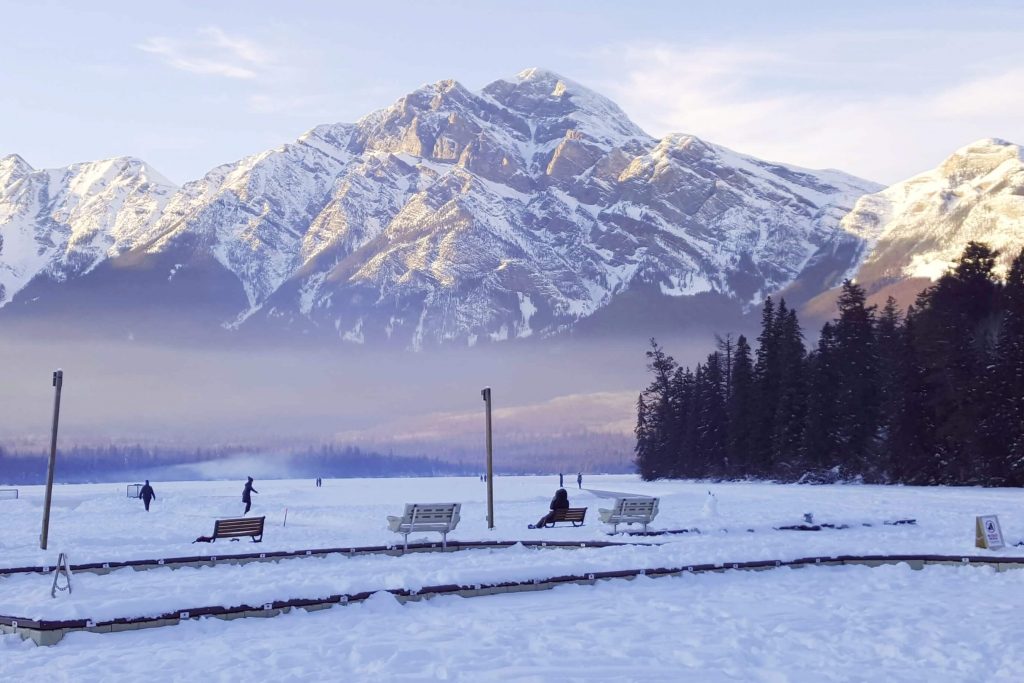
5. You don’t actually need to wear ice skates!
If you or your kids don’t have skates or don’t know how to skate, just go in your winter boots. The kids will still have lots of fun running and sliding and exploring around!
6. Plan to be in the sun
If you can, consider the position of the sun on the frozen lake during your skate. On a cold day, just a little bit of direct sun can do a lot for helping you feel happier and warmer.
Although, this being said, I have many lovely memories of skating down the Rideau Canal in Ottawa on crisp winter nights… with just twinkling lights along the canal and the moon lighting our way!
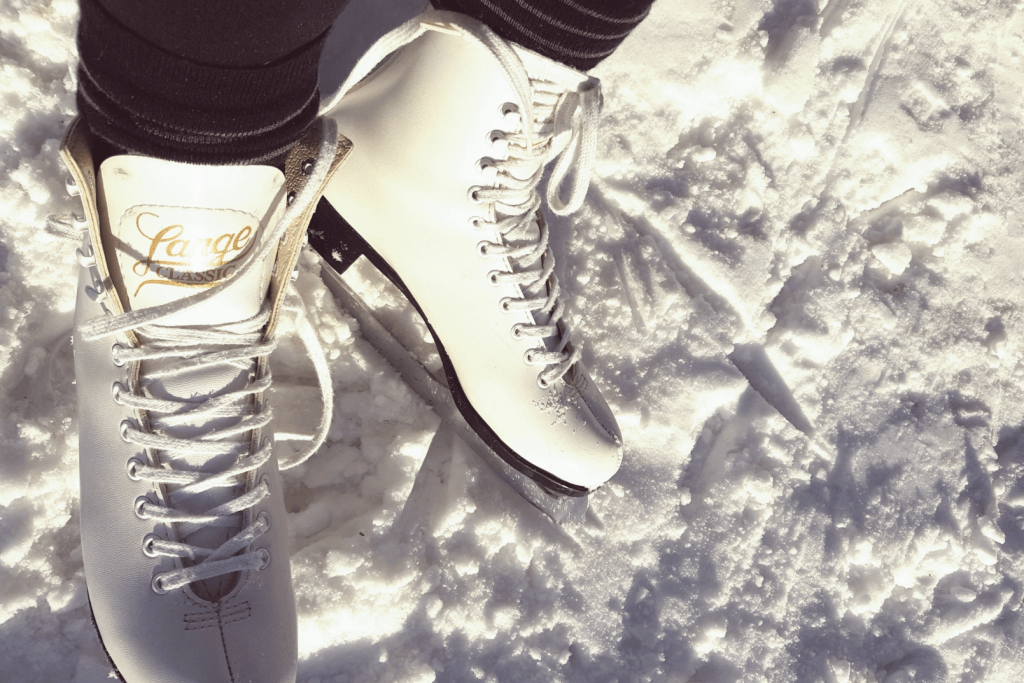
7. Bring a sled (and a hockey stick)
Will you be able to park close to the skating area? Will you be skating in one area or will you be going for a long distance skate? Are you skating with a little one or bringing along a baby or child who won’t be skating?
Here’s why you might want to bring a sled along:
- You can pull babies and toddlers in a sled. Bundle them up, add some blankets. Some sleds even have covers for extra warmth.
- You can put your extra clothes and snacks (or tired skaters) into a sled and pull that along if you’re going for a long distance skate.
- You can use the sled to pull everyone’s gear down to the ice and then just leave it on the side to pull everything back up to the vehicle when you’re done.
- The kids can have fun just pulling each other and playing around with the sleds on the ice.
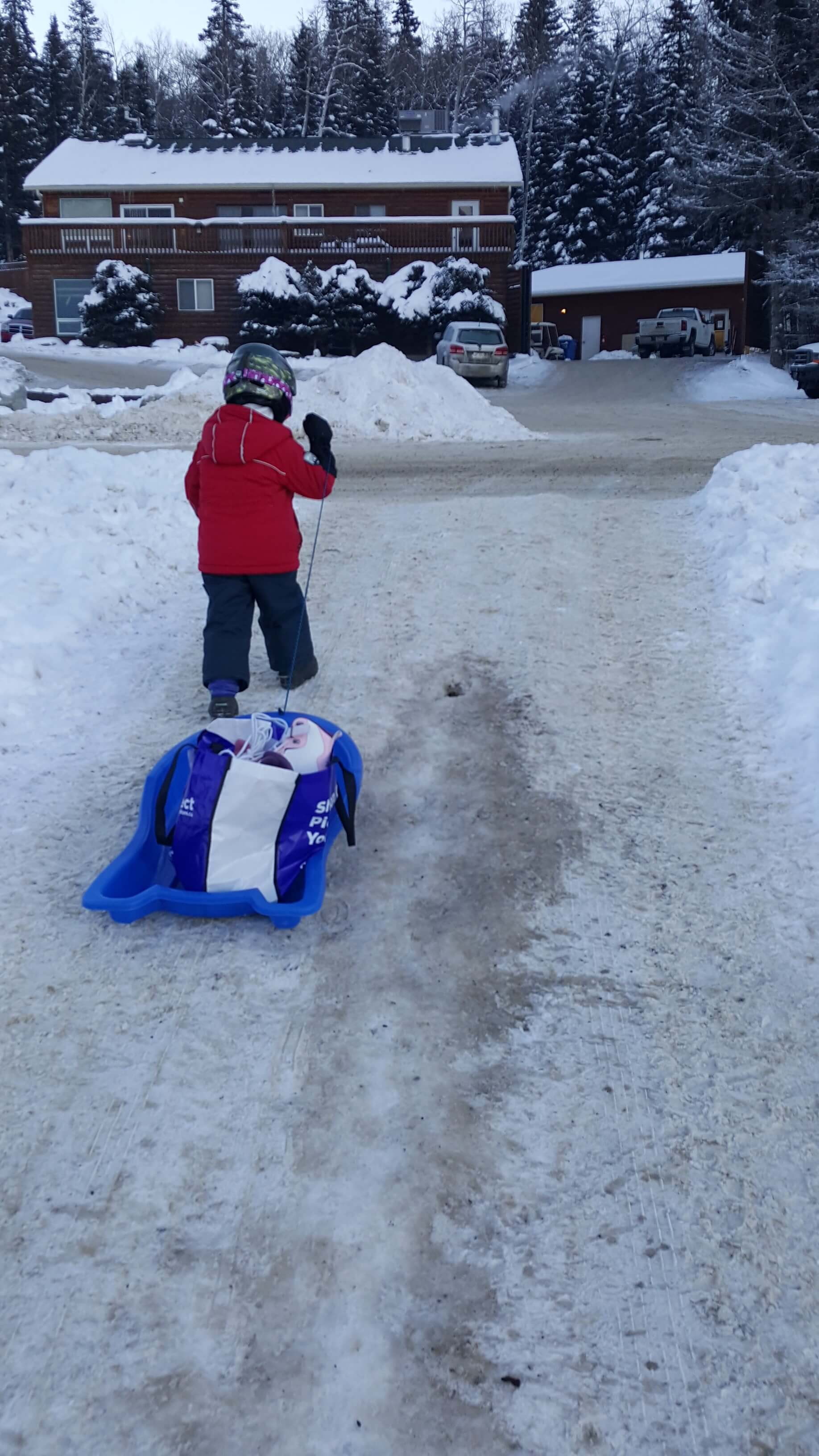
A few tips on choosing a sled:
- Make sure the pull cord is long enough that you’re not hitting the sled with your skates.
- Choose a handle that feels comfortable in your hand if you’ll be pulling weight for a considerable amount of time.
- Consider the sled’s shape: We find that sleds with sides are better than without so things and kids don’t slide out of them.
- If you’re looking to bring babies along, consider getting a sled with a supportive seat, cushioning, a cover, or even bringing your chariot (all-terrain stroller) out onto the ice. I loved skating with the chariot because it also gave me support as I skated.
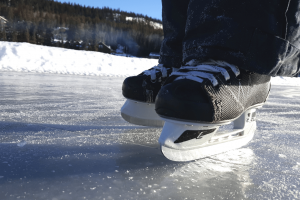
8. Snacks and Drinks
If you go out for many adventures with kids, I’m sure you already know all about the importance of having snacks and drinks at hand!
Hot chocolate in a good thermos is a special treat. Water is also a good idea especially if you and the kids will be exerting yourself.
READ MORE: If you’re looking for snack ideas, here’s a great post full of healthier snacks that kids will love.
We’ve even been to outdoor skating rinks where there’s a campfire going on shore. If this is the case on your adventure, hot dogs and marshmallows would be a fun treat!
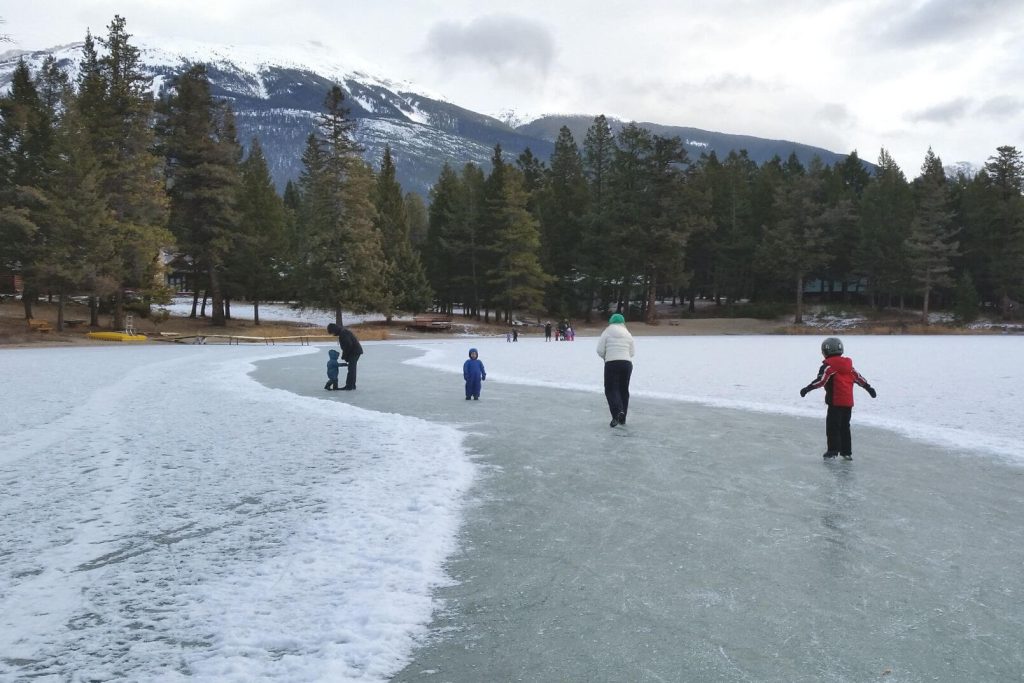
9. Remember, you’re out there to have fun!
This last piece of advice is the most important… remember why you’ve brought your family frozen lake skating in the first place. Take the opportunity to enjoy your family, share some laughs, and have fun!
Hopefully these tips will help you make the most of your next family outdoor ice skating adventure!
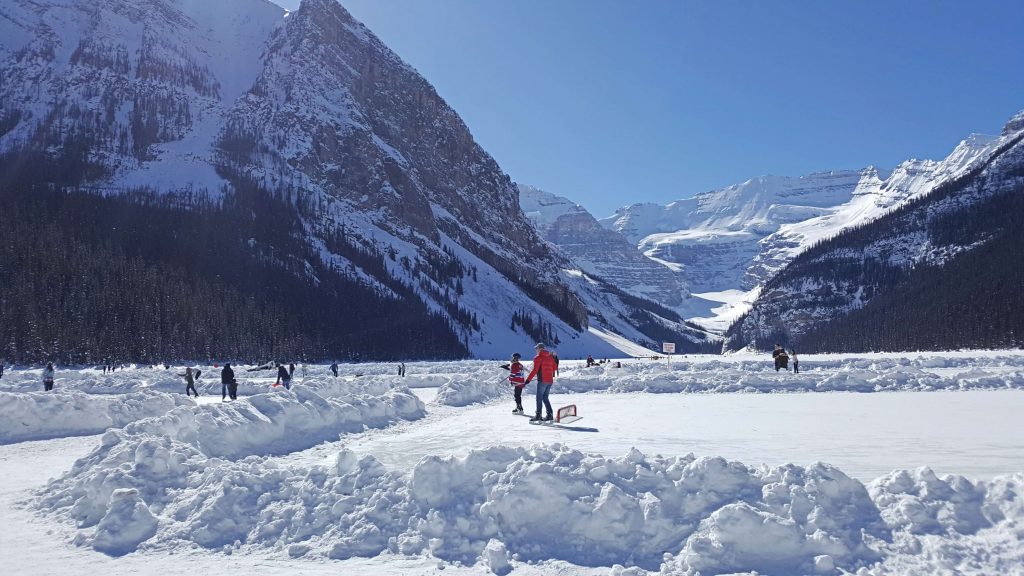
Read more about outdoor winter adventure here:
Resources:
Referenced information about frozen lakes and ice safety:
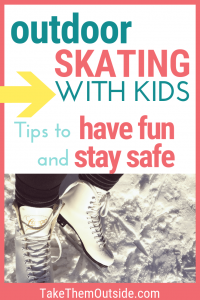

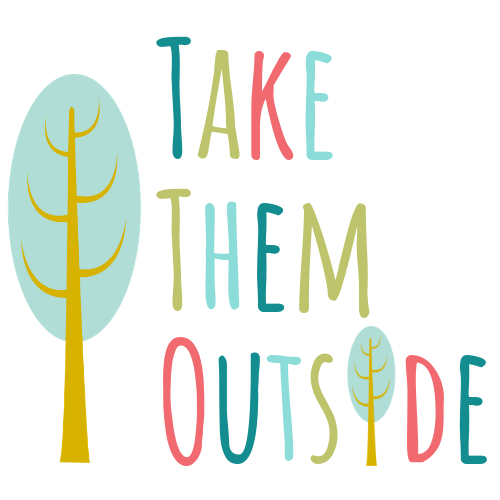

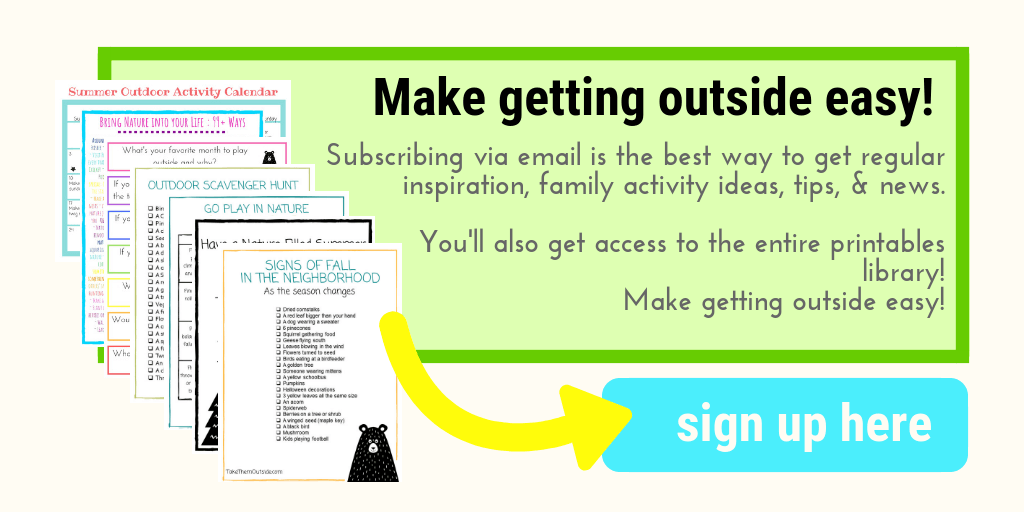 <
<
Thanks for mentioning how you should avoid ice skating on surfaces with water. It is important to understand the safety measures in order to have healthy fun. We want to learn how to ice skate so we can teach our kids, so I’m glad I found your page.
Yes, thanks for the comment. Happy skating!